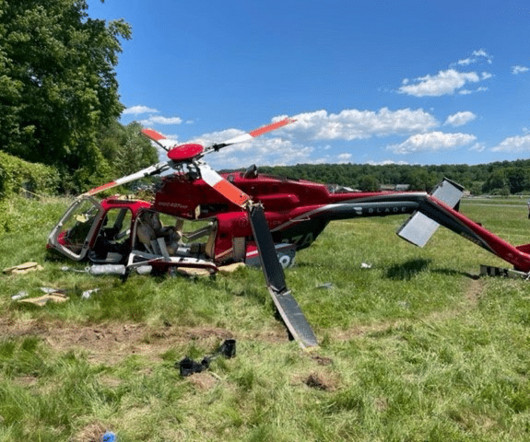Unstable approaches
Professional Pilot
AUGUST 8, 2024
It is based on the pilot’s judgment of certain visual clues, and depends on the maintenance of a constant final descent airspeed and configuration. The GOM also called for the airspeed to be “on target” at such altitudes respectively. A controller who withholds or issues a late descent clearance is also to blame.












Let's personalize your content